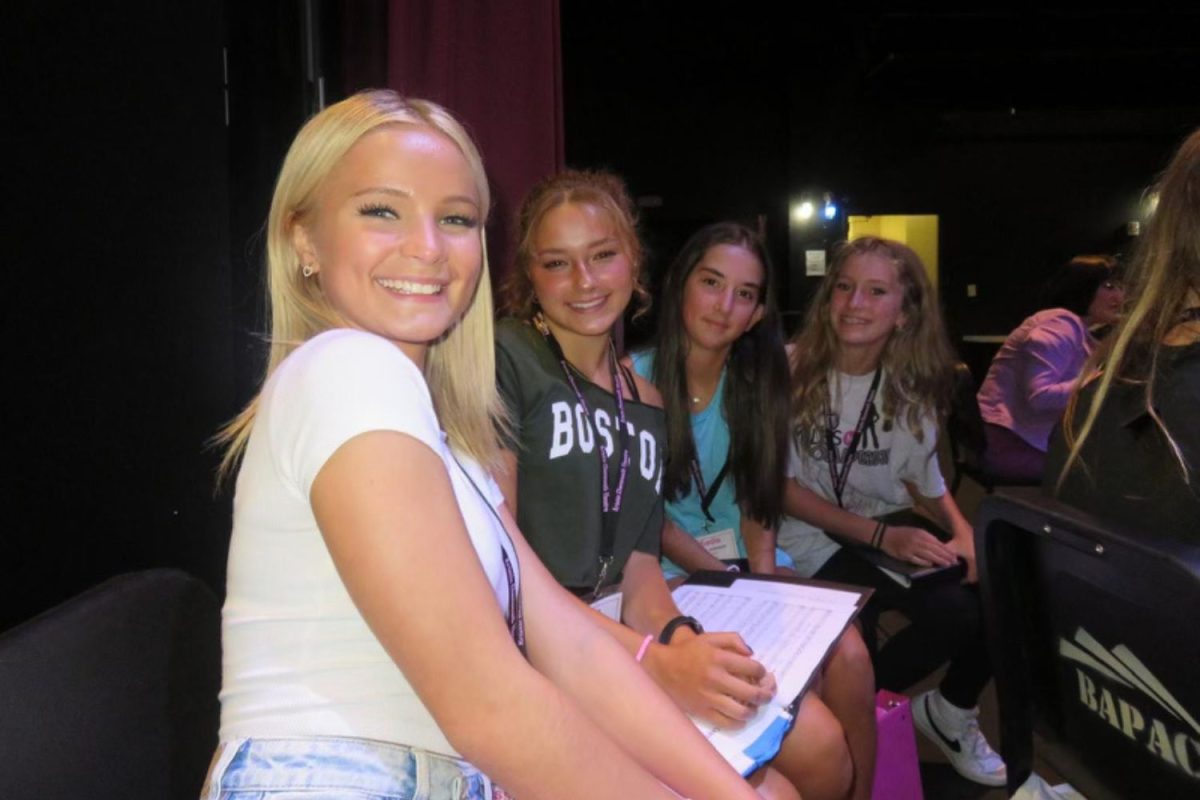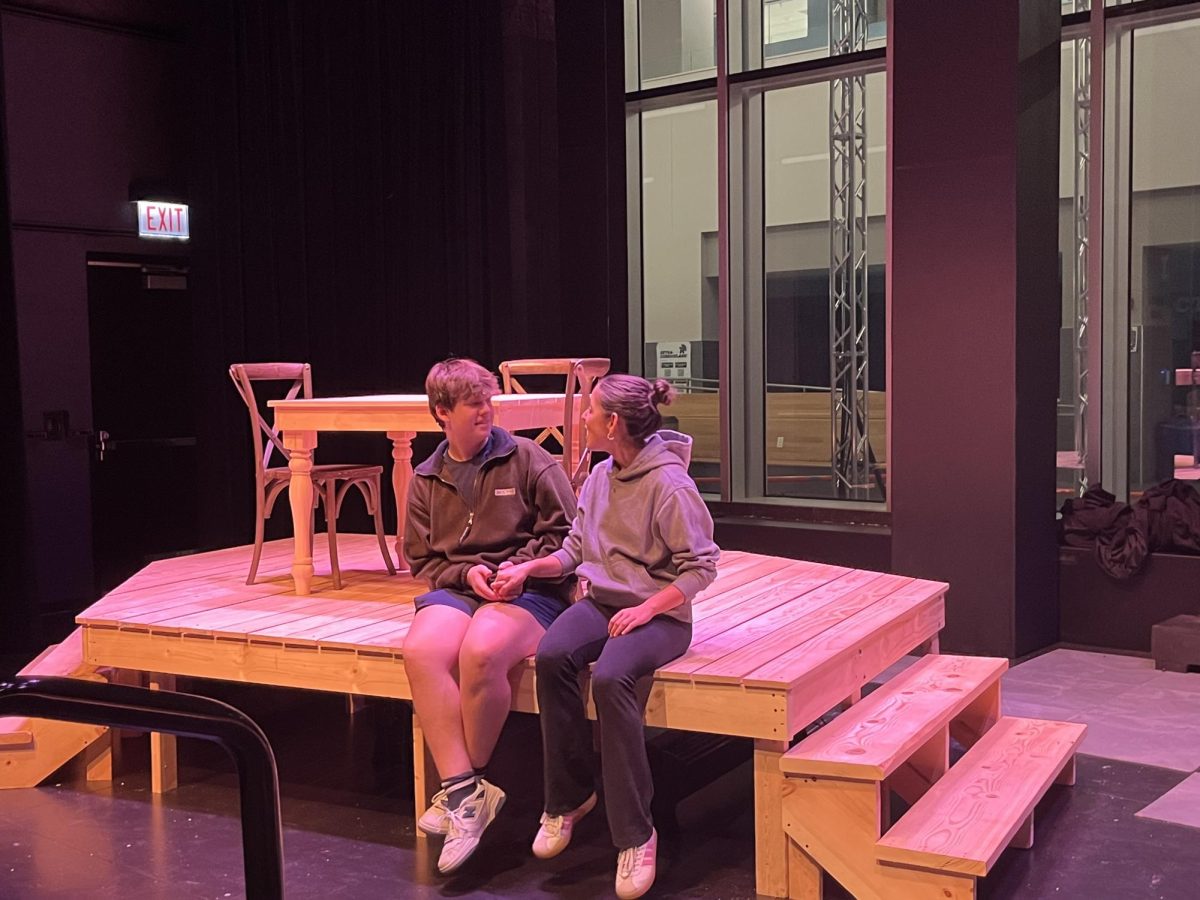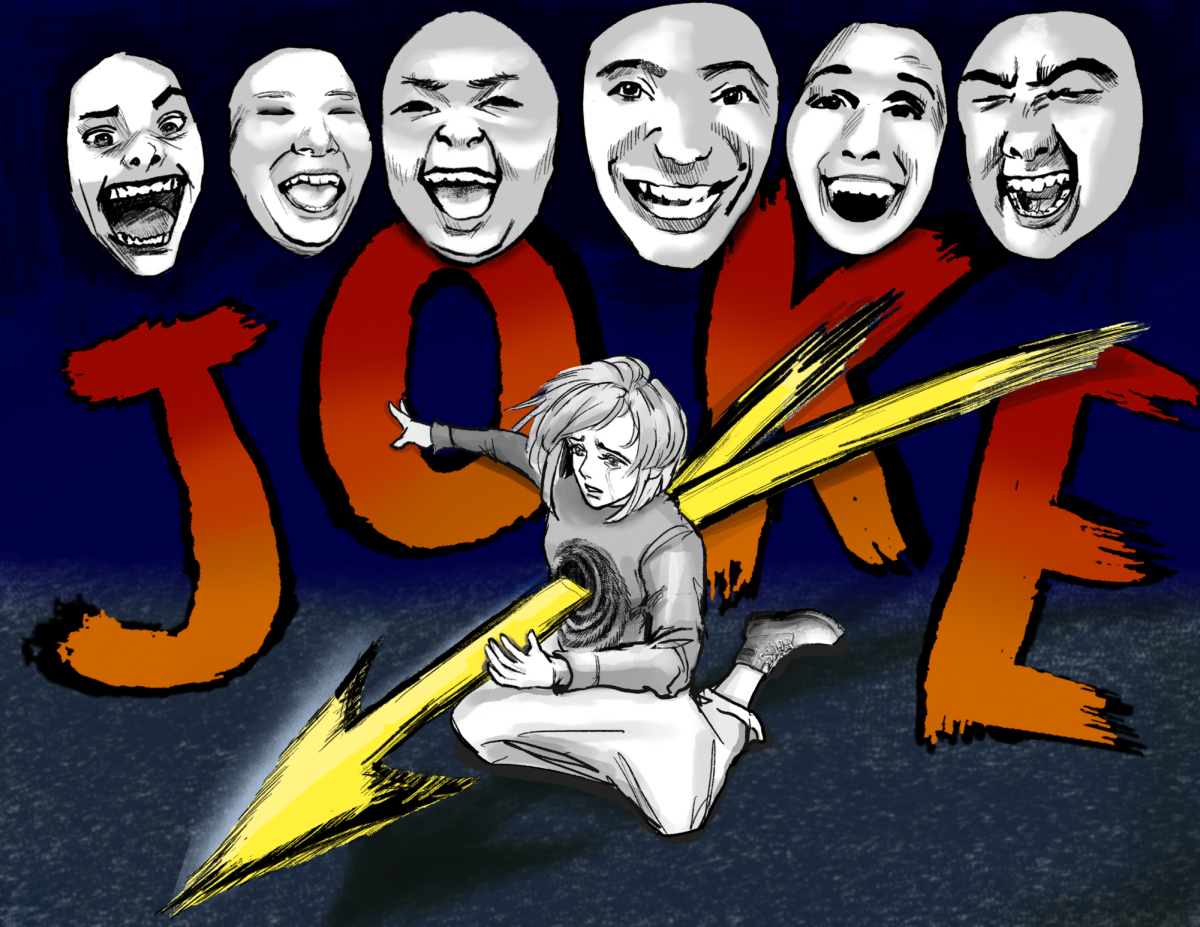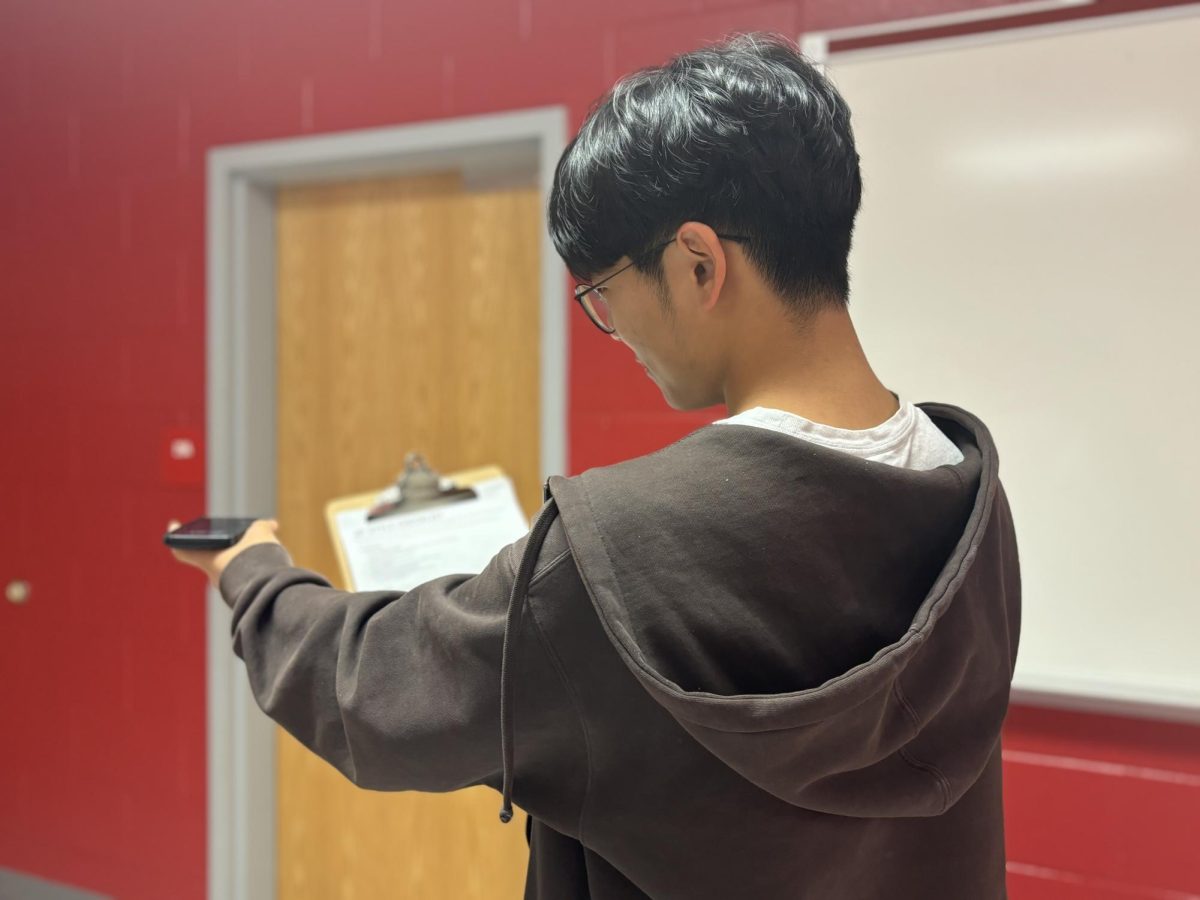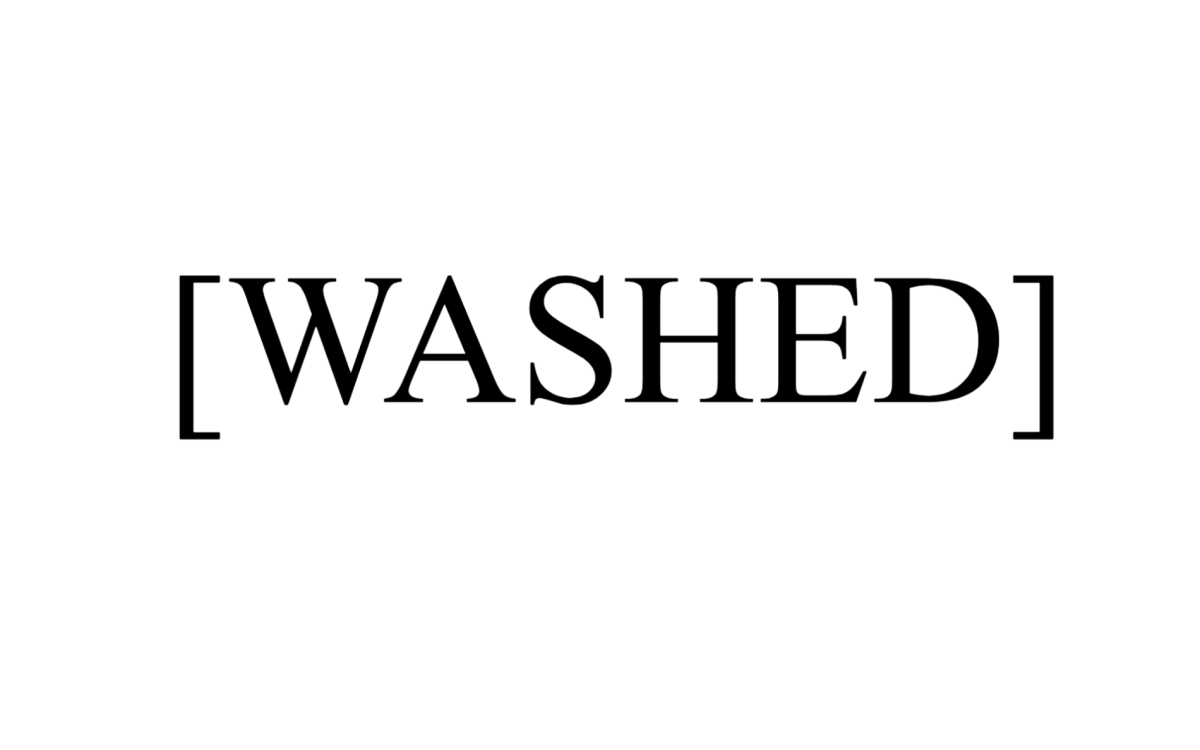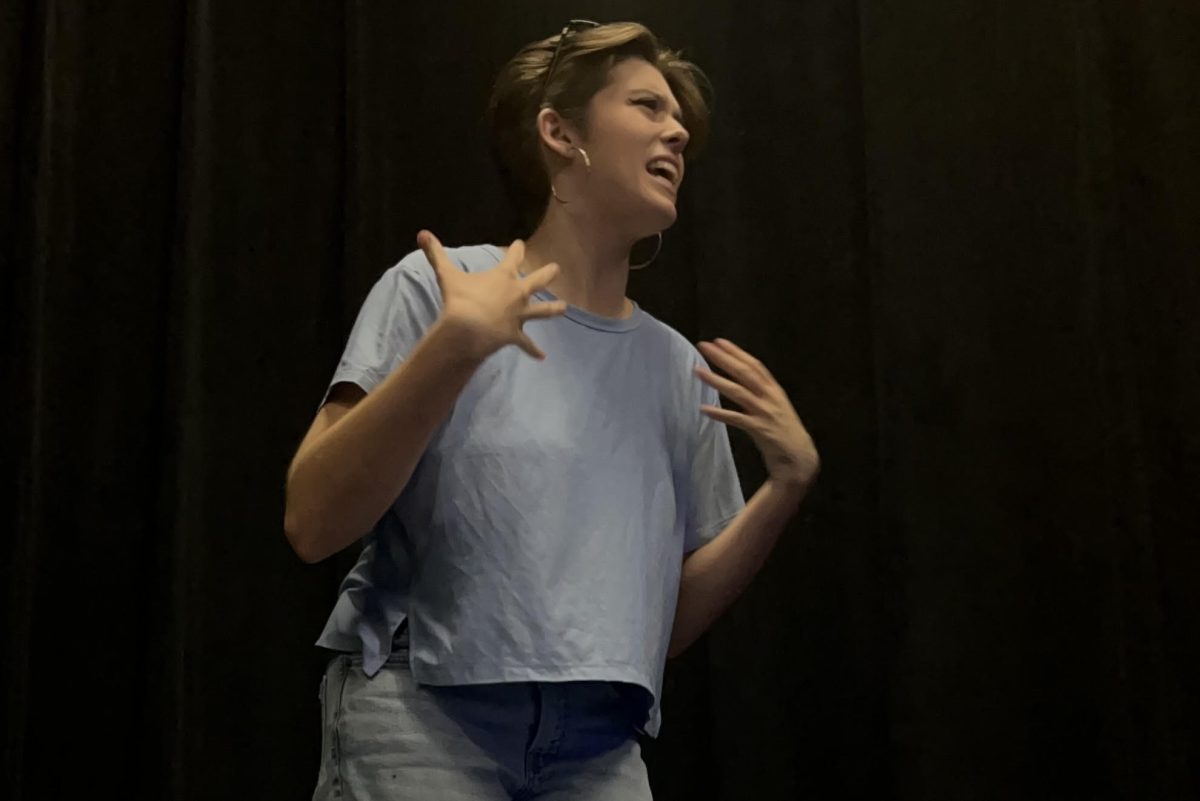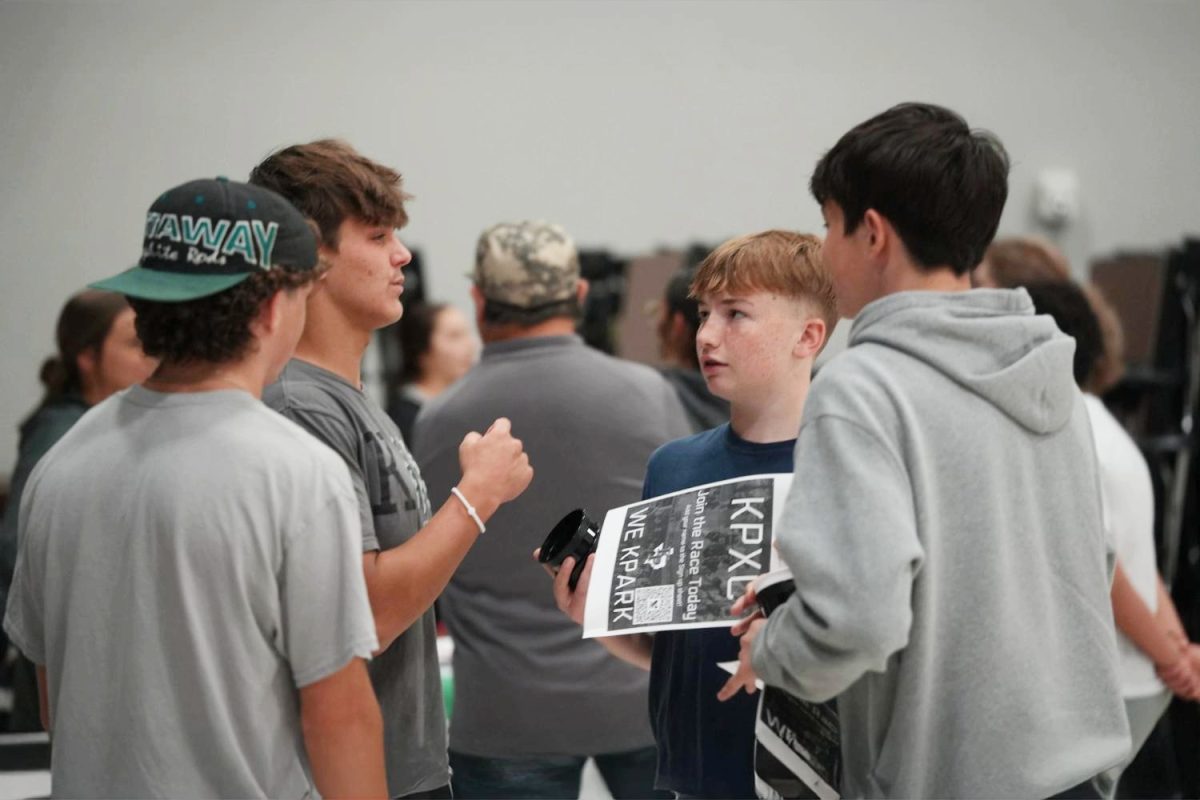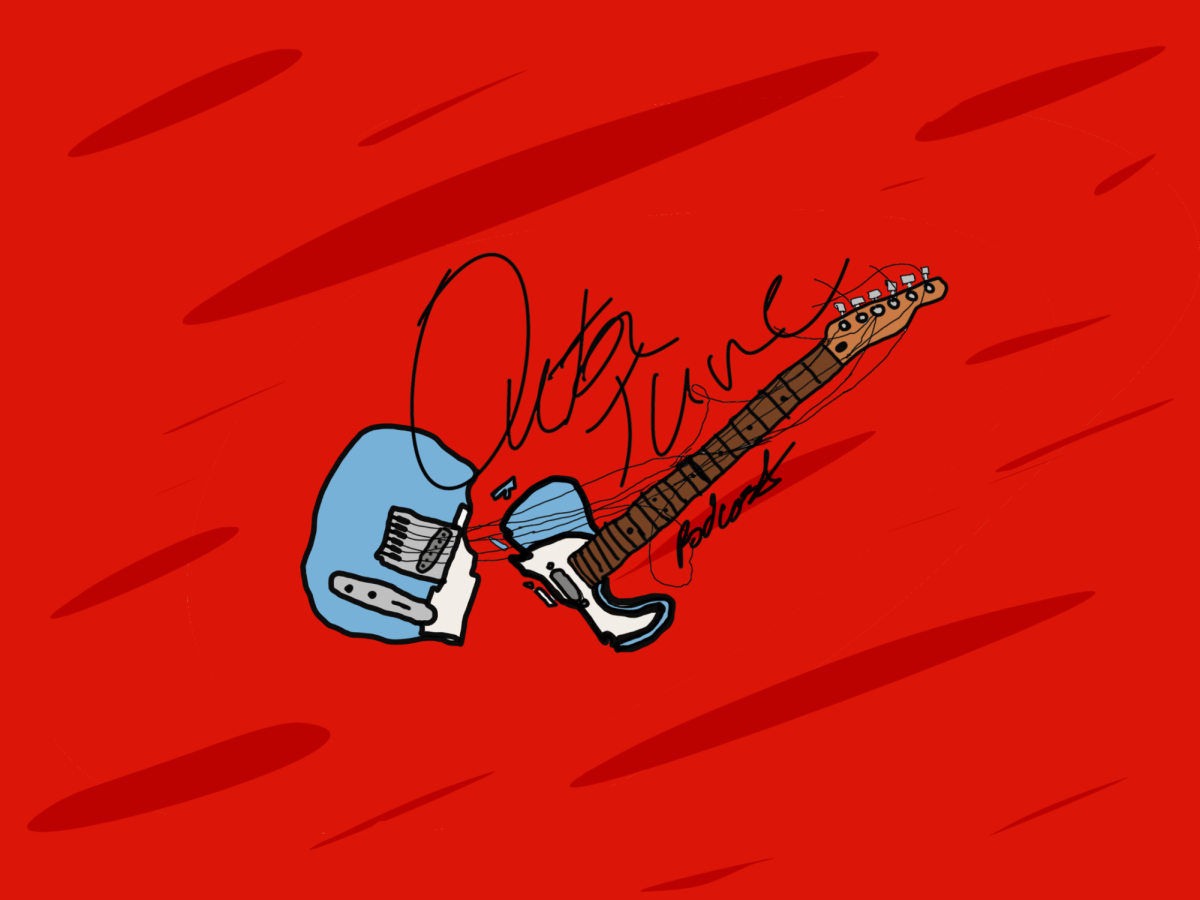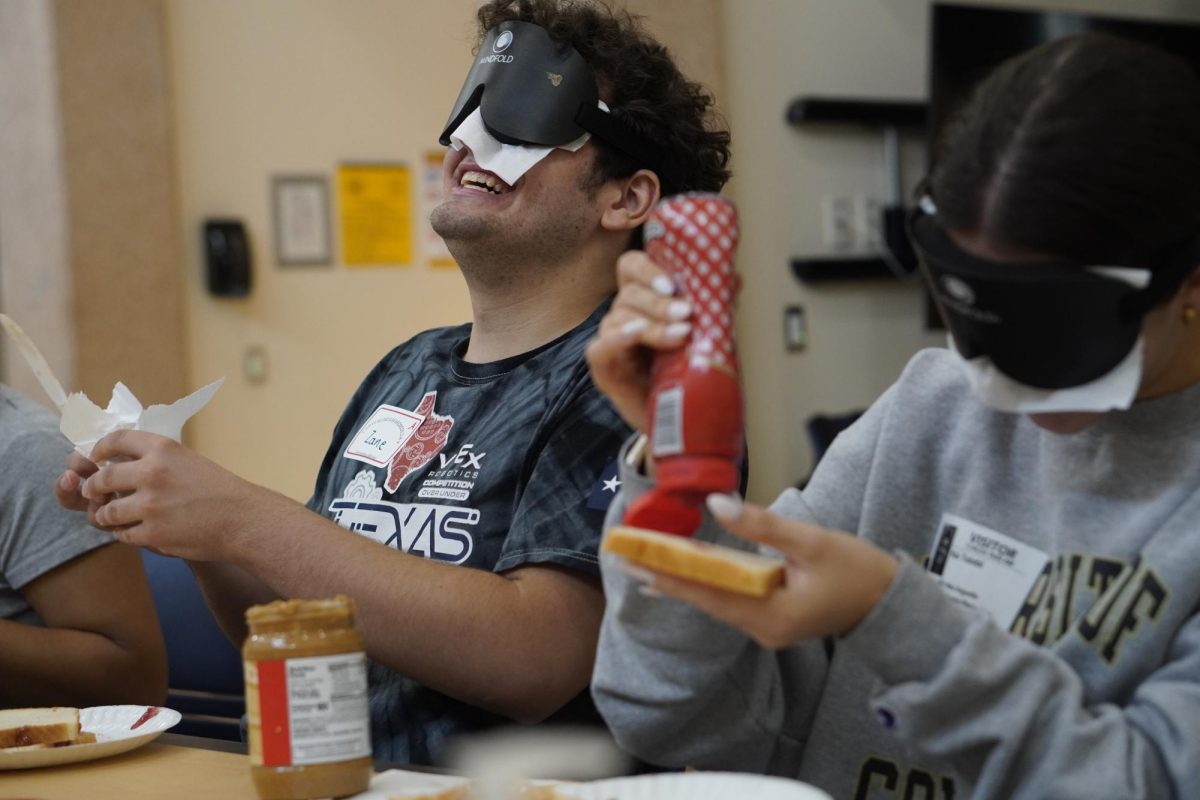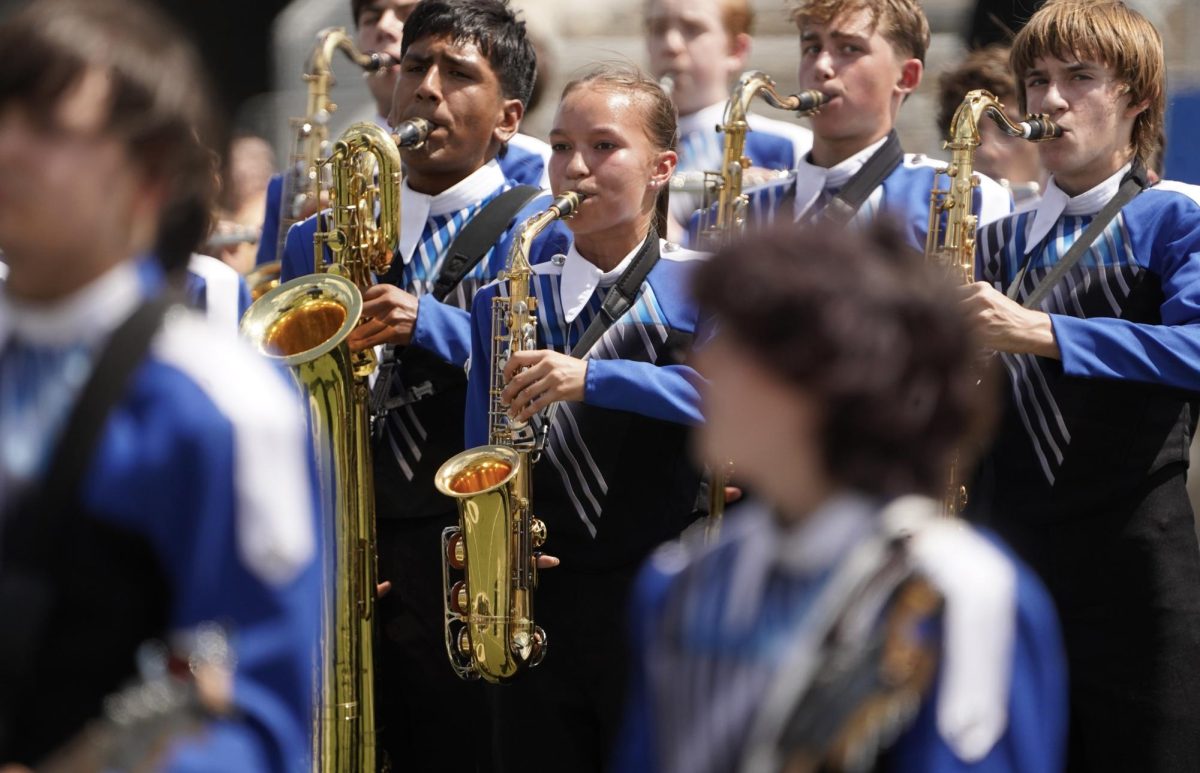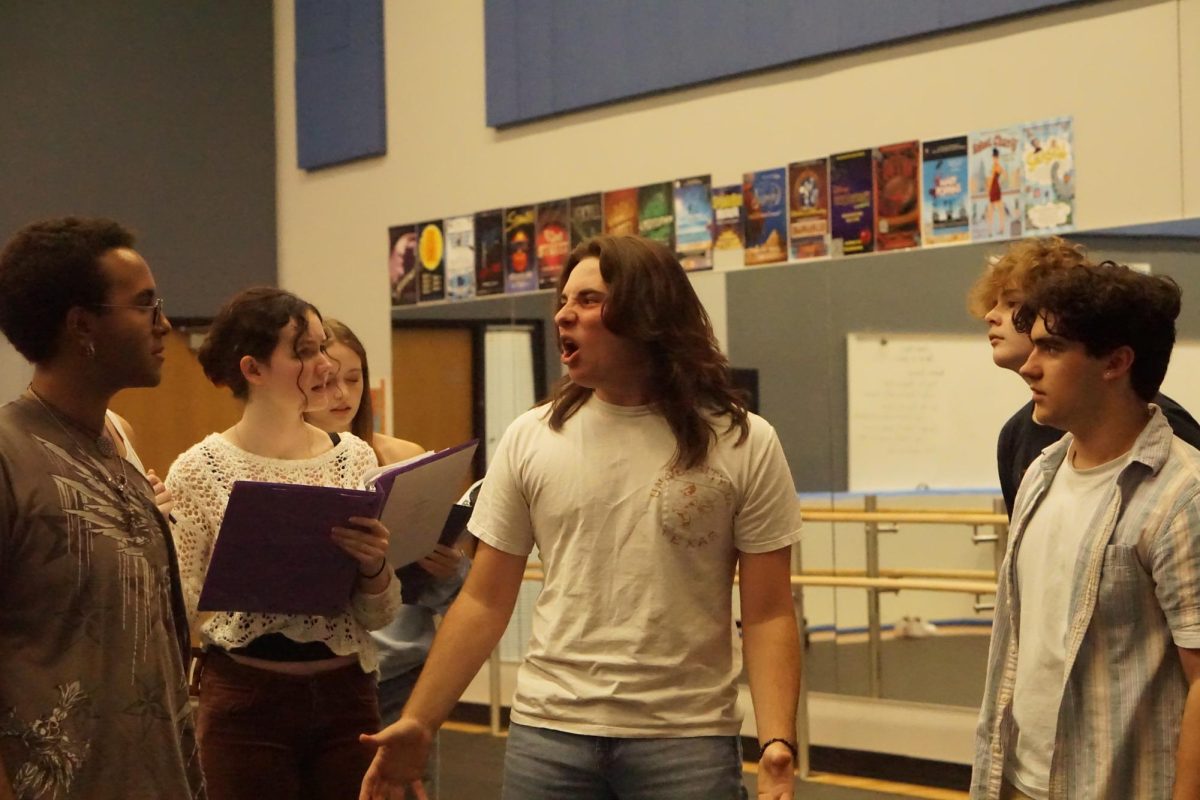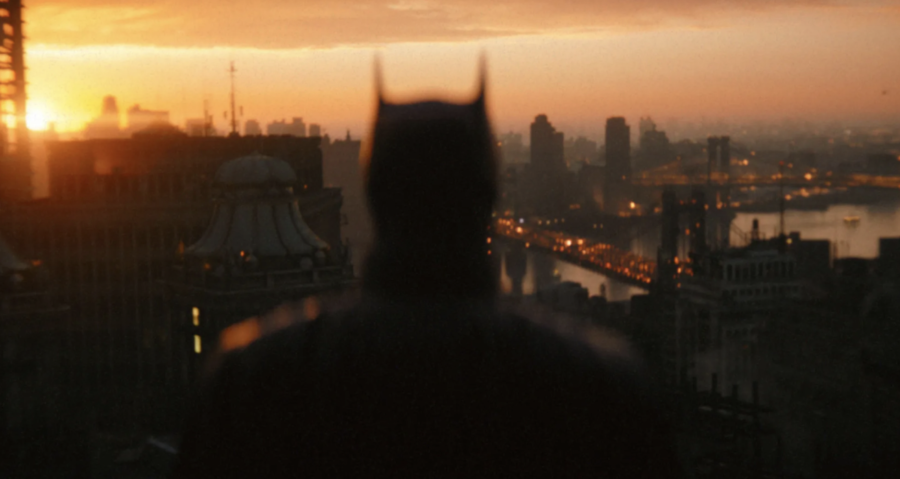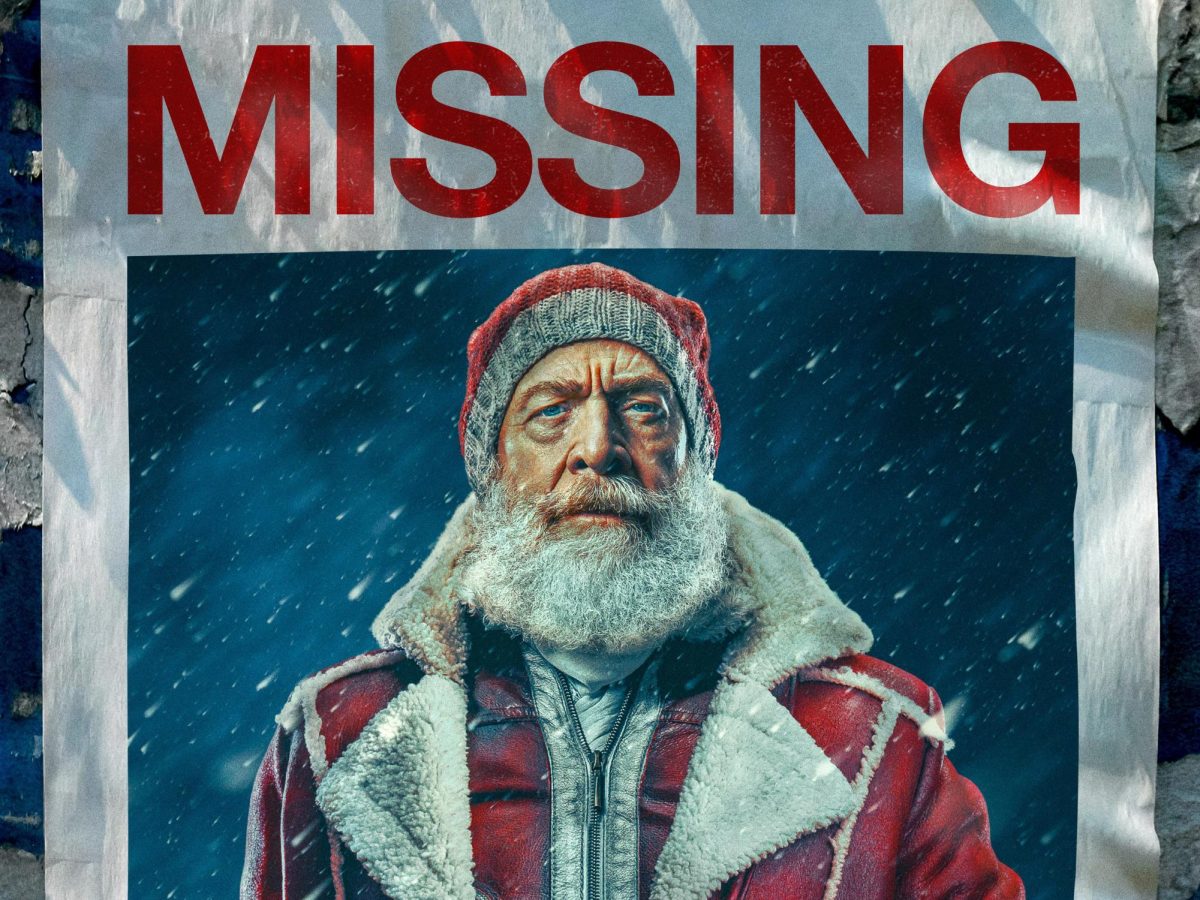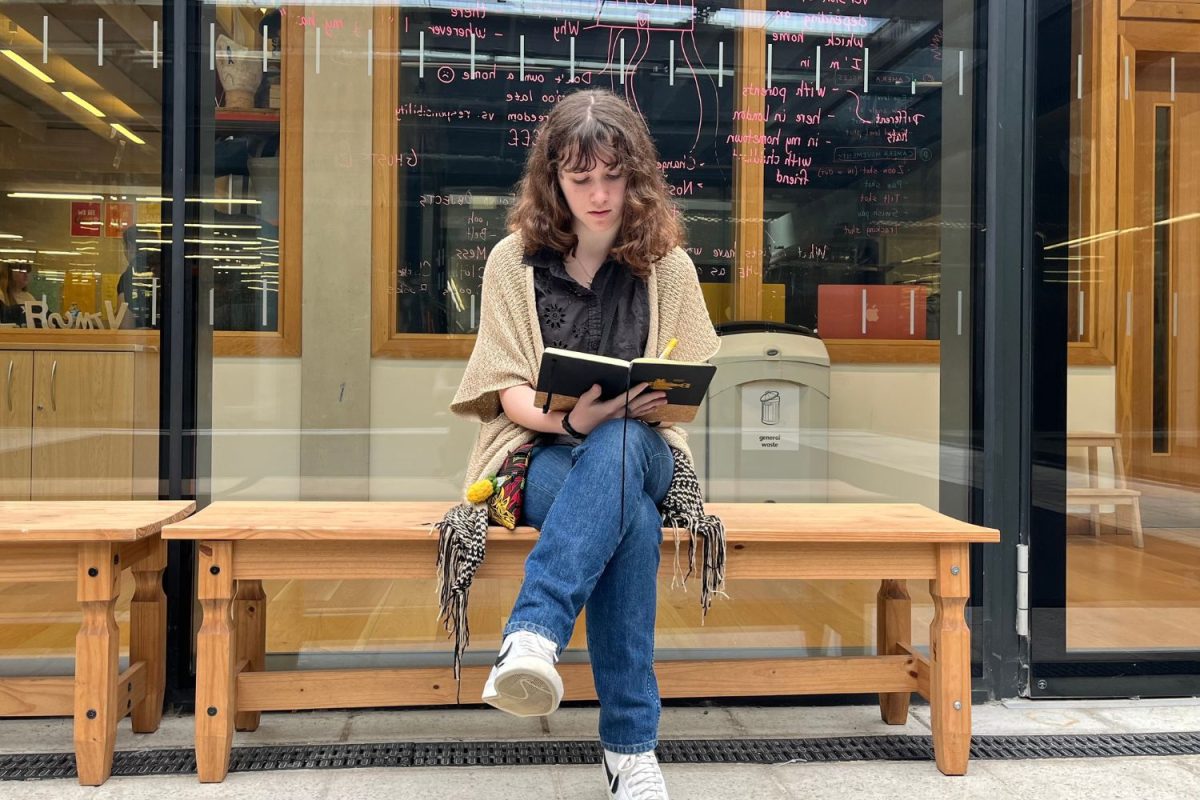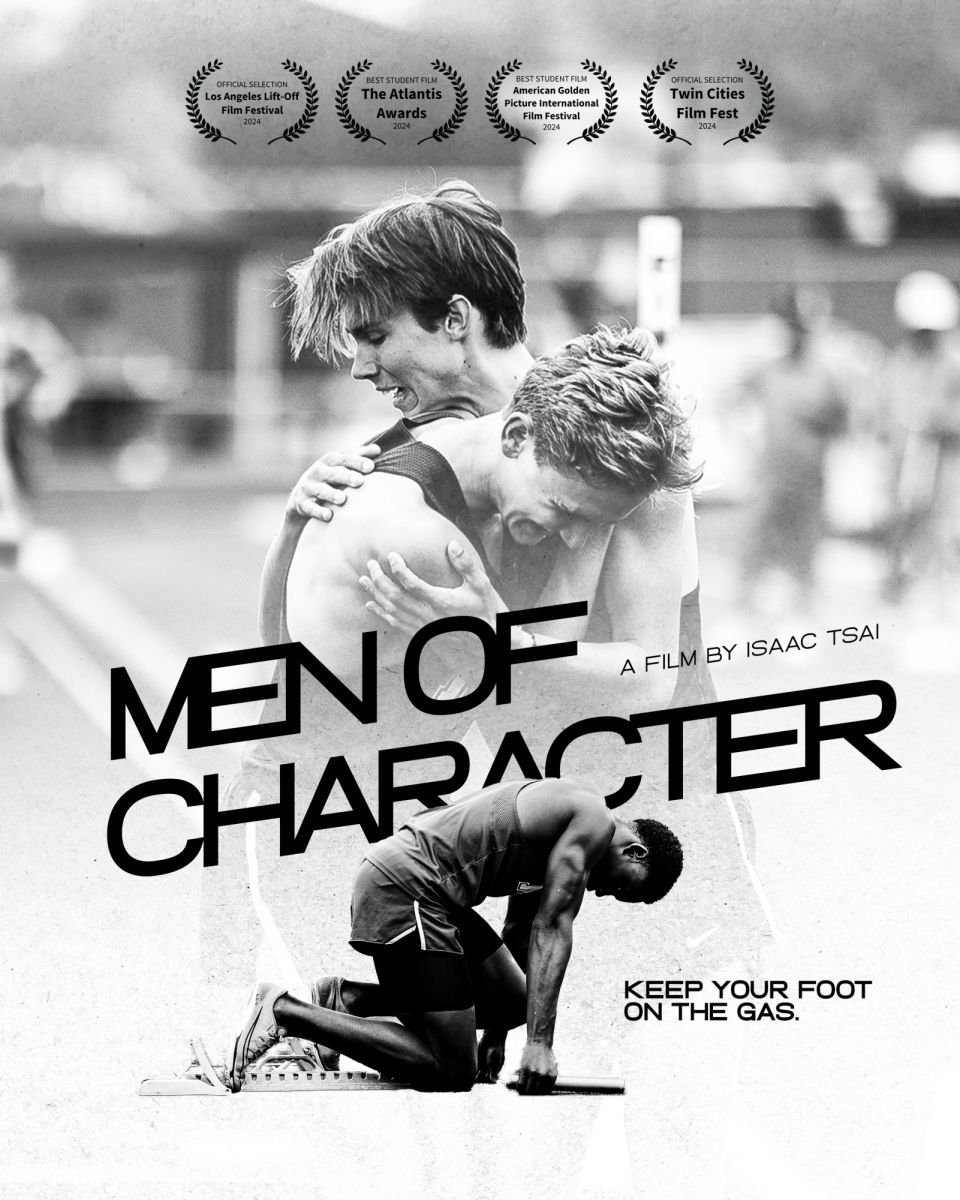Vengeance is here.
The long-awaited “The Batman,” starring Robert Pattinson as the titular vigilante, is now playing in theaters. The film also stars Zoë Kravitz, Paul Dano and Jeffrey Wright, and is co-written and directed by Matt Reeves.
As with any new incarnation of Batman, the most relevant question that needs to be answered is simple: Why do we need another Batman?
Luckily for this version of the character, that question gets answered with ease. For the first time in cinematic history, we finally get to witness the world’s greatest detective in action.
Reeves takes Batman and places him square in the middle of a detective story, clearly influenced by “David Fincher’s “Se7en” and “Zodiac.”
As the audience is taken down the twisting and turning mystery that comprises the film’s plot, the three-hour runtime slips away. Comic fans have been well-rewarded for the wait they endured to see this Batman take the screen, as his deductive endeavors are perhaps more compelling than we could have ever hoped.
This crime-thriller setup additionally allows Reeves to explore what is likely his most fascinating contribution to Batman’s cinematic history: Gotham. While Tim Burton opted to make the city a criminal wonderland of sorts, and Christopher Nolan envisioned it as a beacon for wealth and prosperity, Reeves exposes the seediness and the grittiness of Gotham completely.
This is the city at its dirtiest and most dangerous, where most are poor and those who are rich use their money and power as means to an end that is, at best, morally questionable. Reeves allows Gotham to breathe in a way that paints it as a character in its own right, and it is a wholly interesting city for Pattinson’s Batman to call his own.
This world-building is aided immensely by the beautiful cinematography by Greig Fraser. Coming off his potentially Oscar-winning work on “Dune.” Fraser has helped create another absolute beauty in “The Batman.”
The film is drenched in wonderful tones of red, brilliantly illuminating the crime-ridden streets of Gotham. Fraser’s ability to balance darkness with visual clarity is genuinely impressive, and there is at least one shot per minute in this film that is simply breathtaking.
This aids the action supremely, which is pulse-pounding every time it is on screen. Reeves directs the sequences with a grittiness that feels true to the rest of the film, while simultaneously creating a fluidity that is something to be proud of.
Whether we’re watching a fiery chase down a Gotham freeway or a fight scene lit only by gunfire, there is always something incredible to behold when things get intense for Batman.
However, it is important to note that the action is pretty few and far between. In the film’s gargantuan runtime, there is probably only about half an hour of fight scenes at most.
This may be a deal-breaker for some. If you’re coming to see “The Batman” to see him beat up criminals non-stop, you’re going to be disappointed.
For me, though, the action took a backseat to something far more compelling, as the film is interested in digging into the psyche of both its main character, and the world he lives in.
As Batman learns more about the murders that he has been tasked with solving, he begins to realize that there are skeletons lurking in Gotham’s closet, and they are ones that he isn’t particularly thrilled with most of the time.
The mystery at the core of the film pushes this Bruce Wayne (only in his second year of crime-fighting) to his limits. He is forced to reconsider his moral center and is left to wonder how much help he even provides being Batman.
Along his way, he meets a variety of different comics from the source material: Jim Gordon (Wright), Selina Kyle (Kravitz), Oswald Cobblepot (an near-unrecognizable Colin Farrell) and more. Each of these characters manage to provide some interesting commentary on his arc throughout the film, while having intriguing arcs in their own right.
As the film goes on, he must learn to change and evolve from the vengeance that he believes himself to be at the beginning of the film and become the Batman.
Pattinson’s performance truly sells this ascent, as he balances the broodiness of the character with a measure of intelligence. As the film progresses, he gains genuine wisdom and hope, which are traits that feel unique to this iteration of the character.
Just watching his eyes under the mask throughout the film are all one needs to see to know just how good his performance really is.
By the time the credits roll, his journey is perhaps the most impactful Batman material that has ever been put to screen. There is a genuine emotional draw in seeing one of the most popular characters of all time come into his own, and it leaves you with a real weight when leaving the theater.
There are plenty of epic moments along the way (scored brilliantly by the ever-magnificent Michael Giacchino), and some of them do relate to the action, such as that legitimately breath-taking Batmobile scene. Reeves’ greatest achievement, though, is how many of them come not only as a result of progress that Batman and Gotham have made, but progress that the comic-book movie has made as well.
The blend of that detective work, the moral pondering and a willingness to challenge the audience make this easily the definitive on-screen version of Batman, and one of the genre’s most defining films in general. It is hard for me now to imagine anyone else being under that cowl, and the graceful manner in which Reeves ties everything together puts many other adaptations to shame.
While the teases of future sequels at the end of the film may slightly muddle audience opinions on their exit from the theater, there will likely be one predominant thought.
Matt Reeves, please give us more of “The Batman.”
This story was originally published on Hayes Talisman on March 10, 2022.



![The email California state governor Taylor Regen sent to Junior State of America [JSA] chapter presidents on Friday, Aug. 2, to inform them of the discontinuation of the organization and development of its successor, Civic Leaders of America.](https://bestofsno.com/wp-content/uploads/2024/11/jsaimgg-1200x619.png)
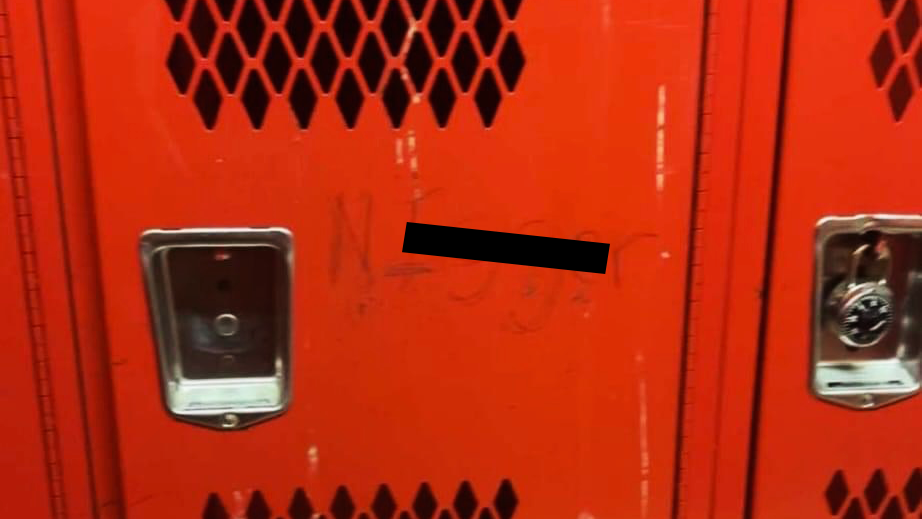

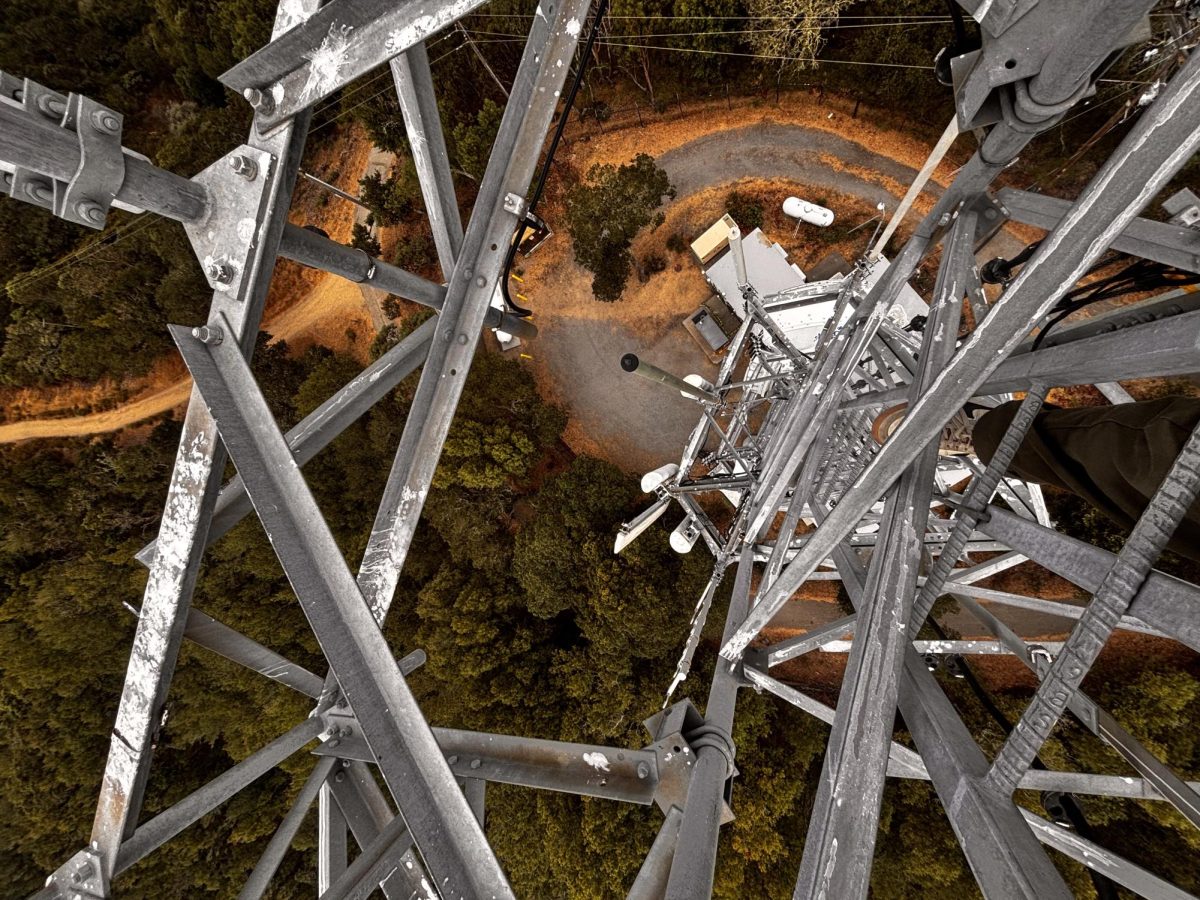
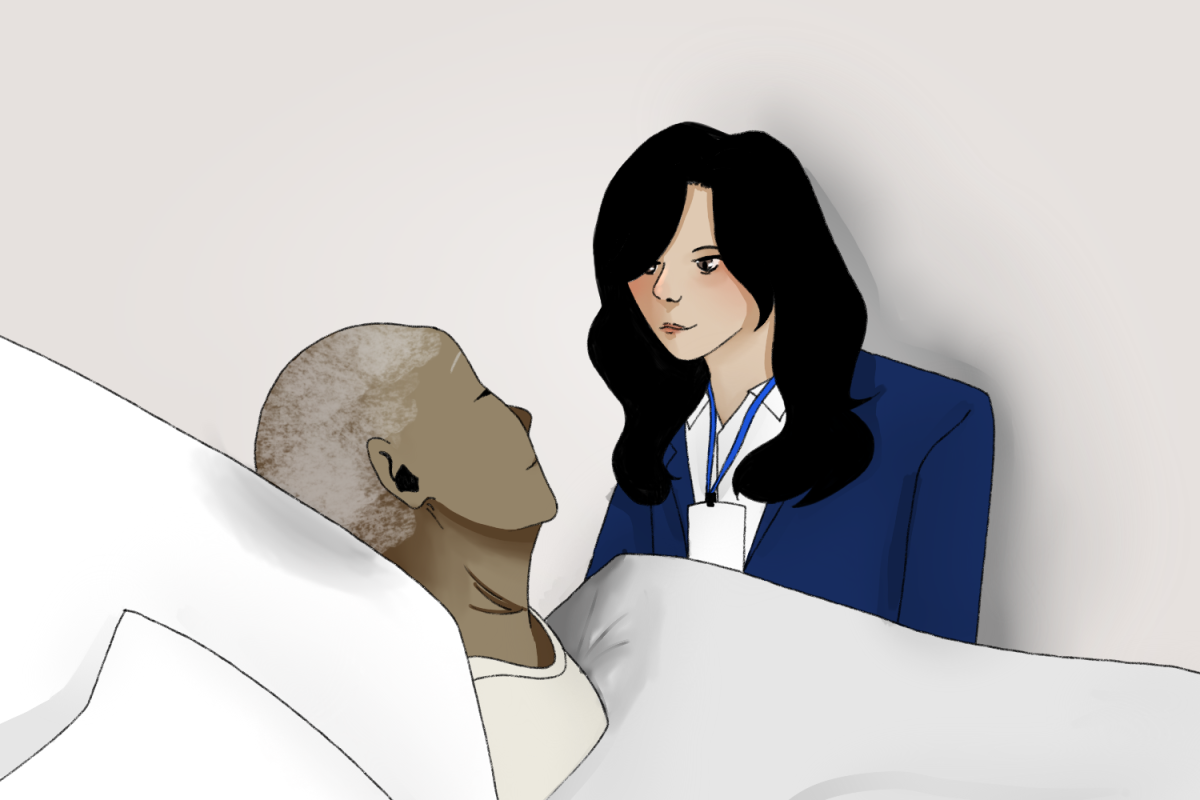
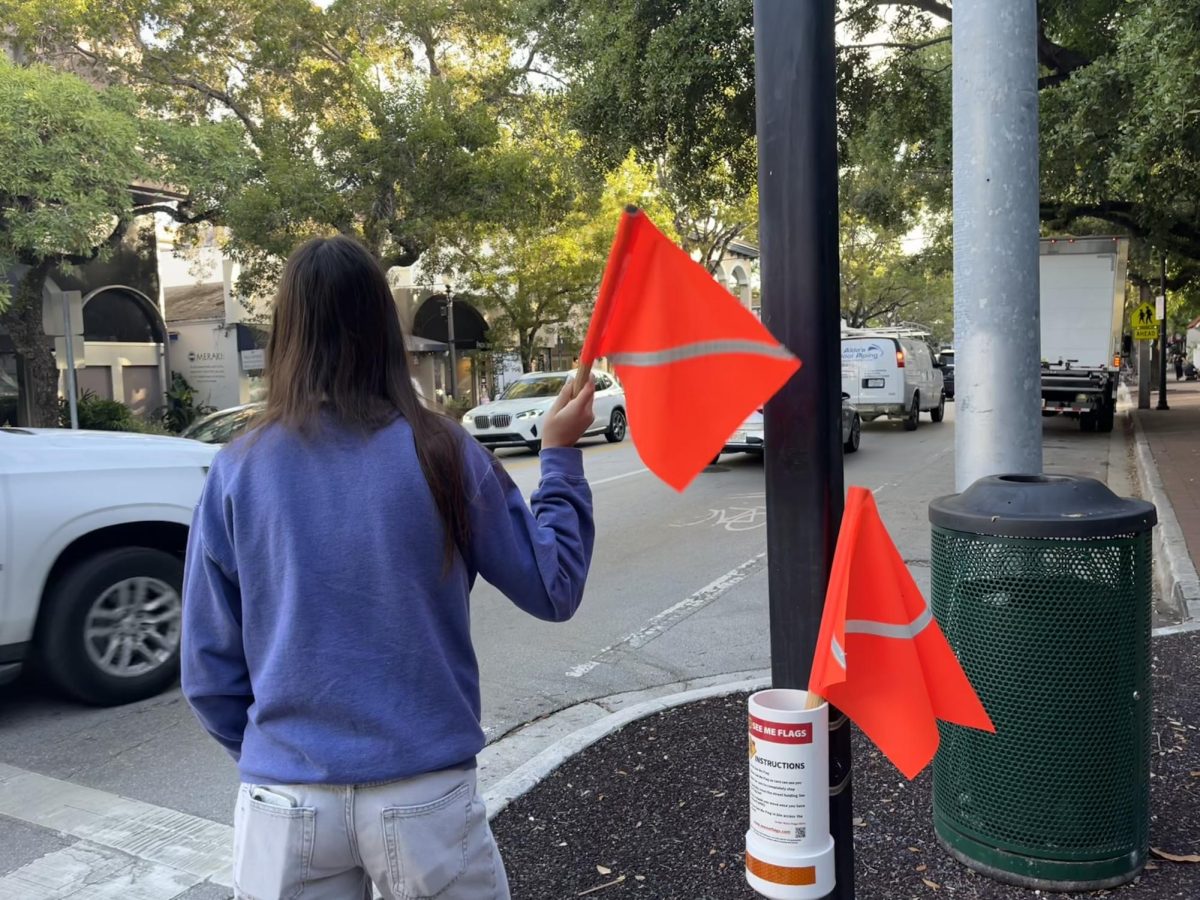

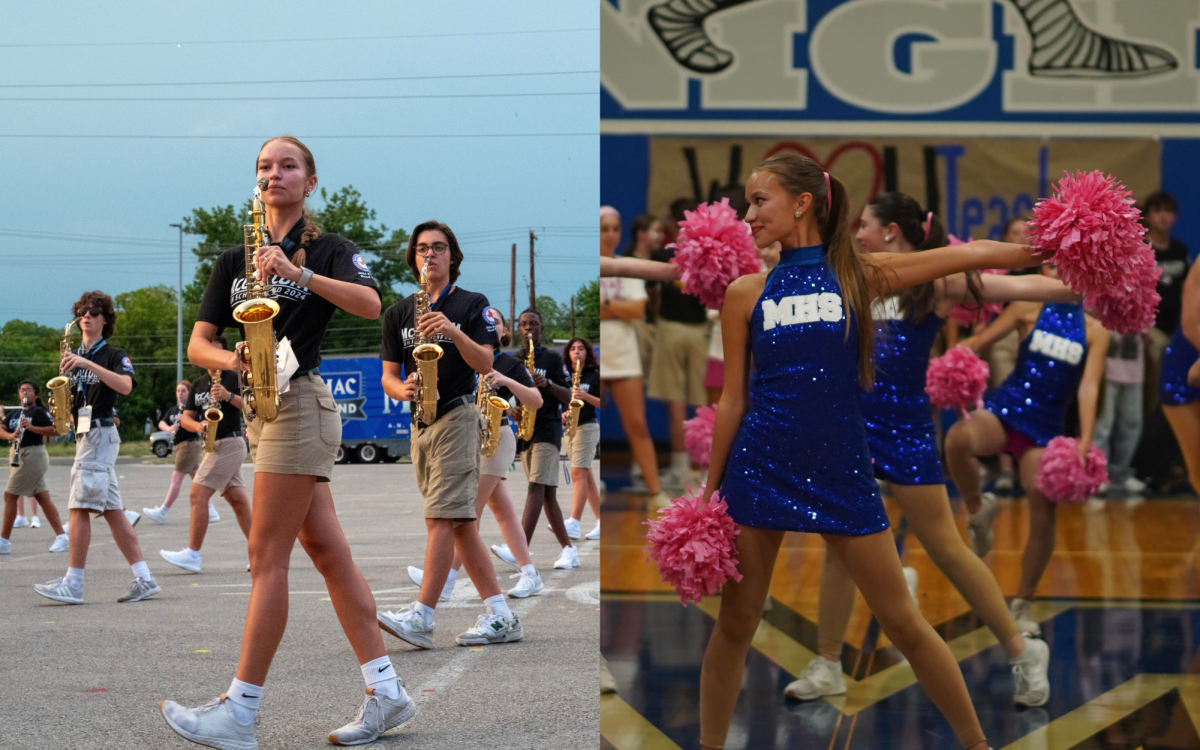
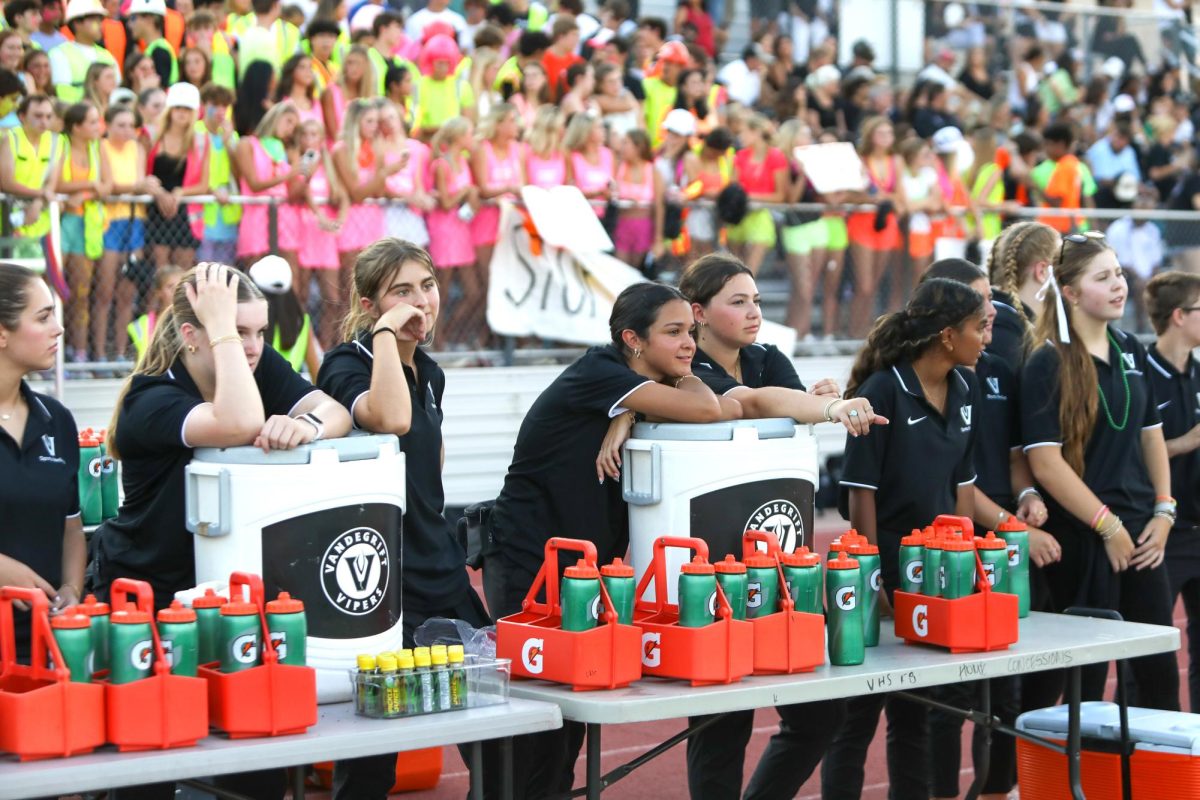

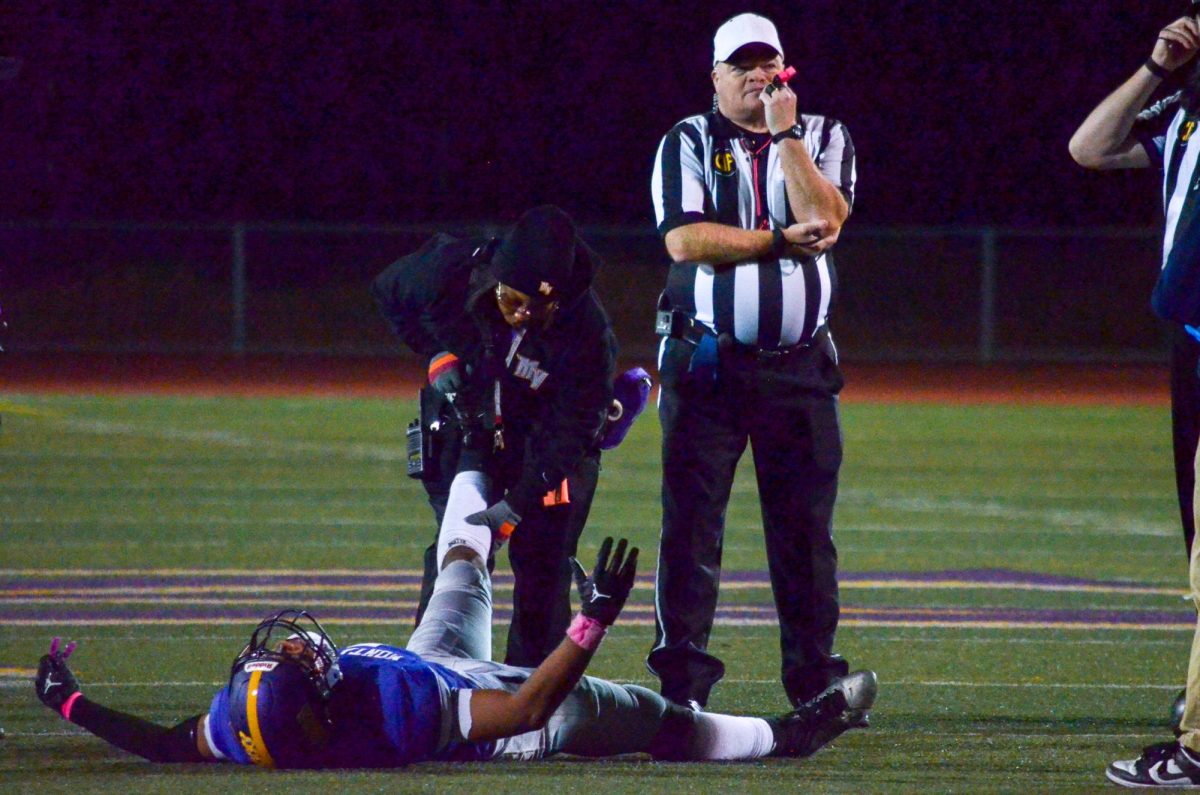



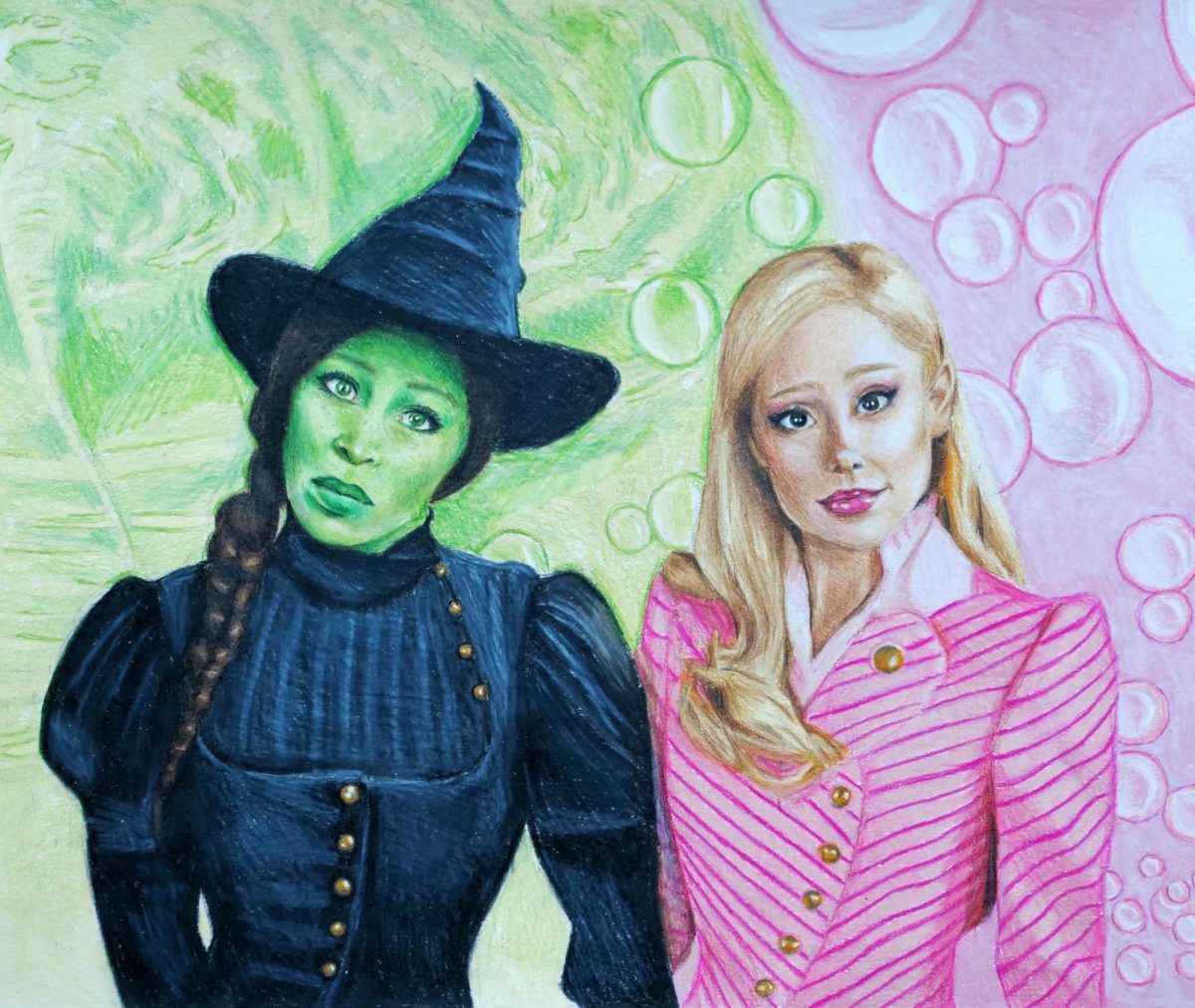
![Last year, members of the Poetry Slam Team competed at the [insert comp name here].“Kevin and Rahifa, the current SENIOR and junior poet laureates, are both part of the Poetry Slam Team,” Jake Riordan said. “So they're not only writing poetry and sharing it in a written format, but they're reciting it, memorizing it and dramatically performing in front of a live audience all throughout the city.”](https://bestofsno.com/wp-content/uploads/2024/11/C55A09B4-51ED-4116-BB9C-F745437CE71D-1-1200x900.jpeg)
